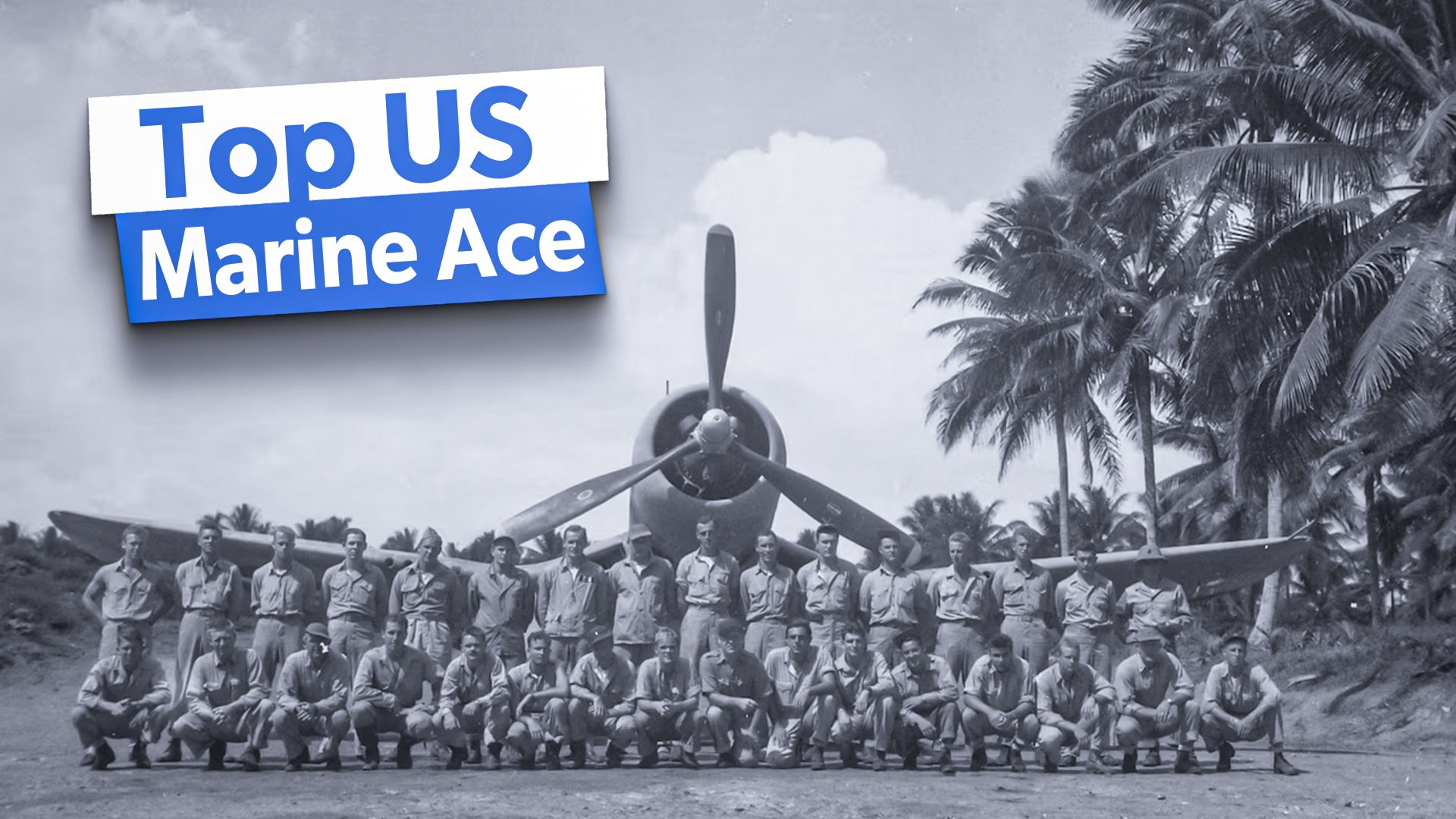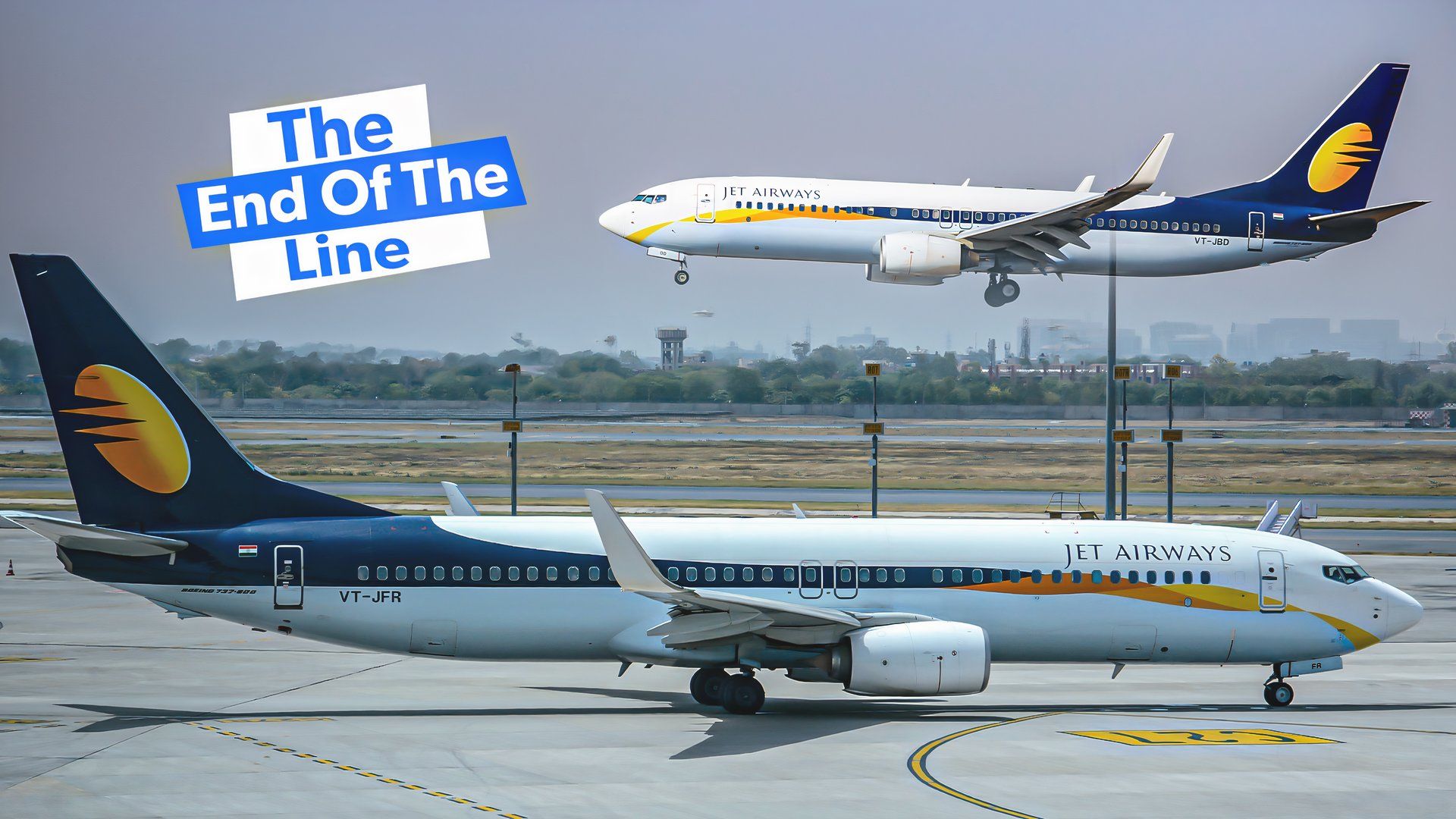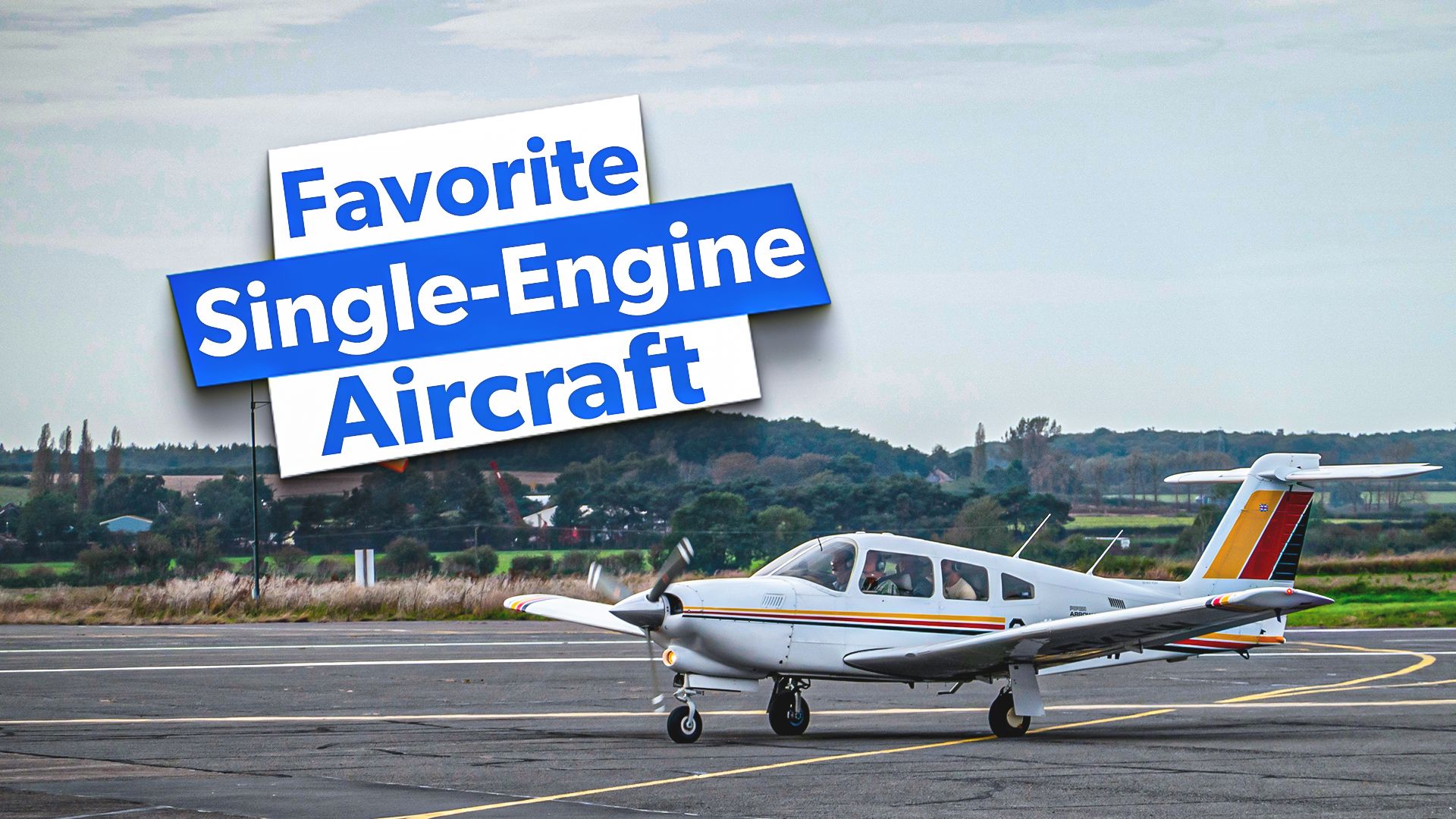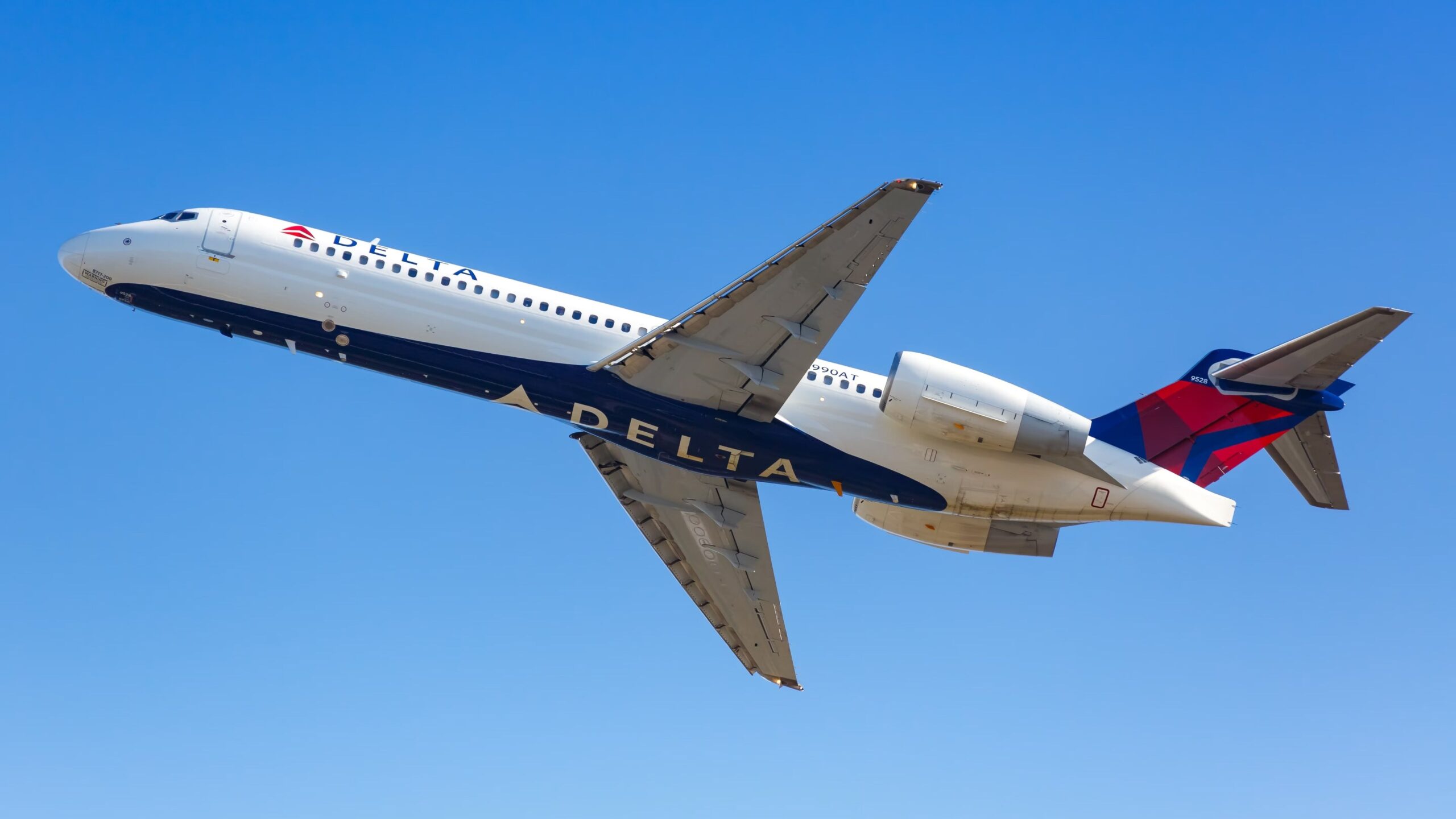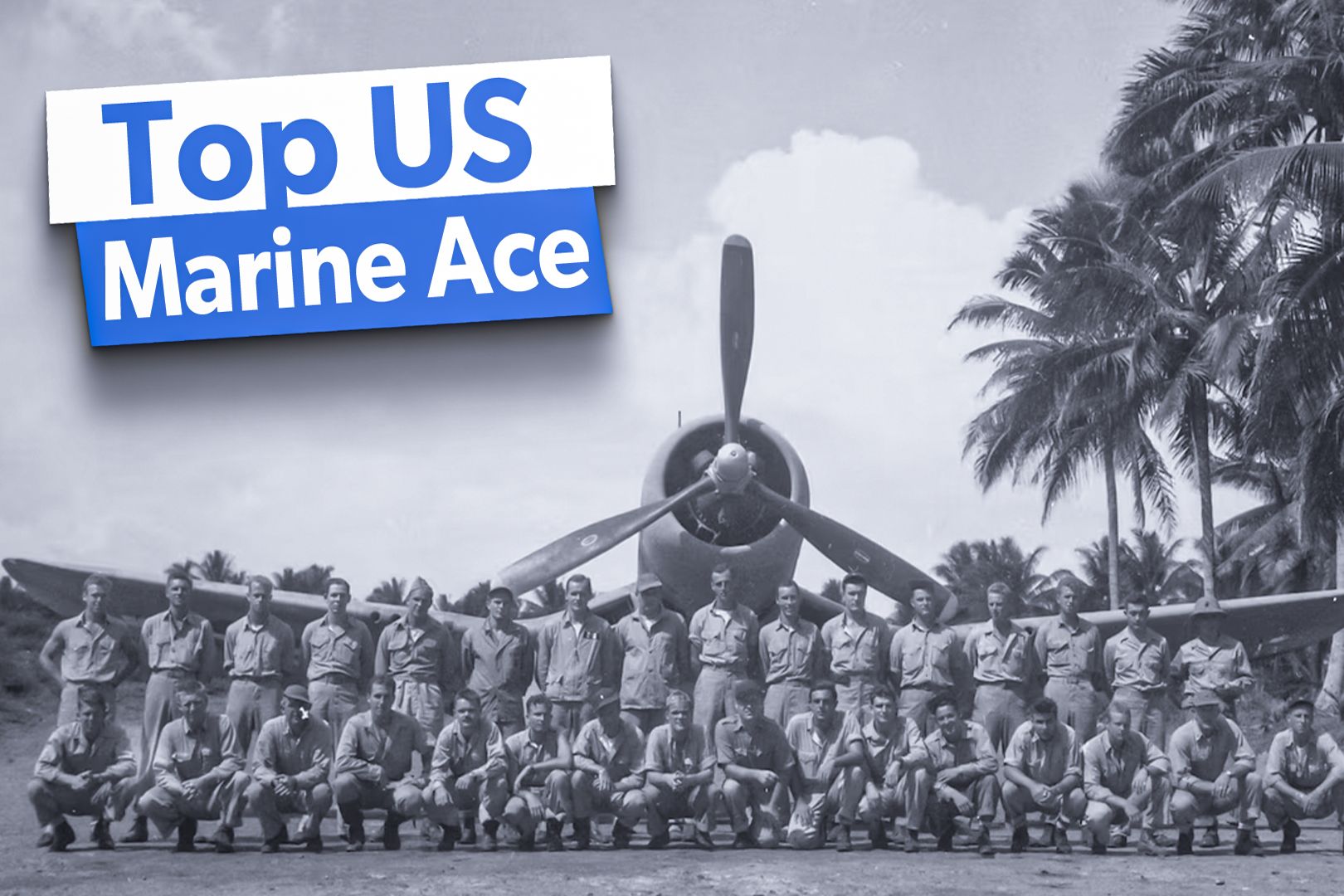
Summary
- The Flying Tigers and USMC fighter pilots were separate entities in WWII.
- Colonel Boyington excelled as a pilot in both groups and received a Medal of Honor.
- Boyington stands as a top Marine Corps ace.
Although the Flying Tigers and US Marine Corps fighter pilots were elite and legendary aerial warriors of the Second World War, they were two separate entities. In fact, the Flying Tigers – officially known as the American Volunteer Group (AVG) – weren’t even a US military entity at all, but rather volunteers (as the “V” in “AVG” indicates) under General Claire Lee Chennault (September 6, 1893 – July 27, 1958) who were fighting on behalf of Generalissimo Chiang Kai-Shek’s Nationalist China against the Imperial Japanese scourge.
However, Colonel Gregory “Pappy” Boyington (December 4, 1912 – January 11, 1988) distinguished himself as a fighter pilot with both of these entities. He became a Medal of Honor (MOH) recipient and the top USMC ace in history.
Gregory Boyington’s early life and initial military service
Gregory 9no middle name) Boyington was born on December 4, 1912, in Coeur d’Alene, Idaho, but moved with his family to the logging town of St. Maries at age three and lived there until age 12. Along the way, he took his first flight at St. Maries at the tender age of six with Clyde Edward “Upside-Dow” Pangborn (October 28, 1895 – March 29, 1958), who later became the first pilot to fly over the Pacific Ocean non-stop.
Greg then lived in Tacoma, Washington, where he wrestled at Lincoln High School, graduating in 1930. From there, he attended the University of Washington in Seattle, where he was a member of the Army Reserve Officers’ Training Corps (ROTC) and became one of the brothers in the Lambda Chi Alpha fraternity. Greg graduated from “UDub” (home of the Huskies) in 1934 with a BS in aeronautical engineering.
He was commissioned a 2nd Lieutenant in the US Army Coast Artillery Reserve in June 1934 and then served two months of active duty with the 630th Coast Artillery at Fort Worden, Washington. In the spring of 1935, he applied for flight training under the Aviation Cadet Act, and in June of that year, he transferred to the US Marine Corps Reserve (USMCR). He was designated a Naval Aviator on March 11, 1937, and then transferred to Marine Corps Base (MCB) Quantico, Virginia, for duty with Aircraft One, Fleet Marine Force (FMF). He was discharged from the USMCR on July 1, 1937, in order to accept a 2ndLt’s commission in the regular Marine Corps the following day.
Pappy’s Flying Tigers service
On August 26, 1941, Boyington resigned his USMC commission and joined the AVG, with whom he served until the following April. He flew the Curtiss P-40 Warhawk with its iconic signature shark-mouth decal and got his first “blooding” in combat.
Boyington was officially credited with two Japanese aircraft destroyed in the air and one and a half on the ground; however, he always claimed that he racked up six air-to-air kills, a claim accepted by the Marine Corps.
Serving with the Black Sheep Squadron
On September 29, 1942, he rejoined the USMC and took a major’s commission, as the Marine Corps desperately needed experienced combat pilots. According to a US Department of Defense Medal of Honor Monday article by Katie Lange (published in October 2021):
“Boyington was sent back to the Pacific and served as the executive officer of Marine Fighting Squadron 121 during the spring of 1943, after the Guadalcanal campaign had finished. It’s when he earned his nickname ‘Pappy,’ because at 31, he was nearly a decade older than most of the men serving under him.”
But it was in the fall of 1943 that “Pappy” became the commander of the unit with whom he and his men would become immortalized: Marine Fighting Squadron 214 (VMF-214), the “Black Sheep Squadron.”
Between September 12, 1943, and January 3, 1944, “Pappy” shot down 22 Japanese aircraft. In one particularly noteworthy engagement on October 17, 1943, then-Major Boyington led a formation of 24 gull-winged Vought F4U Corsair fighters over Kahili Airfield on the island of Bougainville, circling the airfield, challenging the Japanese to send up any of the 60 aircraft that were grounded there. Final score: Black Sheep 20, Japanese 0. Pappy was officially credited with 28 aerial victories,
On January 3, 1944, over the Japanese-occupied island of Rabaul, Major Boyington was shot down. He was picked up by an IJN submarine and spent 18 months as a prisoner of war (POW), enduring beatings, torture, and starvation. When he was finally repatriated, he had lost 80 lbs (36.2 kg). During his imprisonment, Pappy was promoted to Lieutenant Colonel and awarded both the Navy Cross and the Medal of Honor.
Life after WWII
Alas, postwar life was one filled with adversity for Pappy Boyington, much of it self-inflicted. As historian Wayland Mayo writes for the website B-29s Over Korea:
“Boyington, always a ladies man, continually mixed up with divorces and marriages, frequently drunk, always plagued with unpaid debts, became a PR liability to the Marine Corps. They retired him in 1947. He had problems holding a job, periodically refereeing wrestling matches. In the mid seventies the television program Baa Baa Black Sheep appeared. It ran for three years, however by portraying Boyington as a hero and the other pilots a bunch of misfits destroyed the friendship between him and many of the squadron veterans.”
In the Baa Baa Black Sheep AKA Black Sheep Squadron TV series, Boyington was played by actor Robert Conrad (March 1, 1935 – February 8, 2020).
Col. Gregory “Pappy” Boyington passed away from lung cancer on January 11, 1988, at age 75, in Fresno, California. I was 12 years old at the time, and the news hit me pretty hard, as Pappy had been one of my boyhood heroes ever since I started watching Baa Baa Black Sheep with my Dad (himself a WWII USMC aviation unit veteran) back at the age of three.
Col. Boyington was buried at Arlington National Cemetery. His interment included full military honors, befitting an MOH recipient, including a missing man formation flyover conducted by F-4 Phantom IIs of VMFA-321 “Hells Angels.”
Medal of Honor citation
Pappy’s MOH citation –courtesy of the Arlington National Cemetery (ANC) official website — reads as follows:
“For extraordinary heroism and valiant devotion to duty as commanding officer of Marine Fighting Squadron 214 in action against enemy Japanese forces in the Central Solomons area from 12 September 1943 to 3 January 1944. Consistently outnumbered throughout successive hazardous flights over heavily defended hostile territory, Maj. Boyington struck at the enemy with daring and courageous persistence, leading his squadron into combat with devastating results to Japanese shipping, shore installations, and aerial forces. Resolute in his efforts to inflict crippling damage on the enemy, Maj. Boyington led a formation of 24 fighters over Kahili on 17 October and, persistently circling the airdrome where 60 hostile aircraft were grounded, boldly challenged the Japanese to send up planes. Under his brilliant command, our fighters shot down 20 enemy craft in the ensuing action without the loss of a single ship. A superb airman and determined fighter against overwhelming odds, Maj. Boyington personally destroyed 26 of the many Japanese planes shot down by his squadron and, by his forceful leadership, developed the combat readiness in his command which was a distinctive factor in the Allied aerial achievements in this vitally strategic area.”

